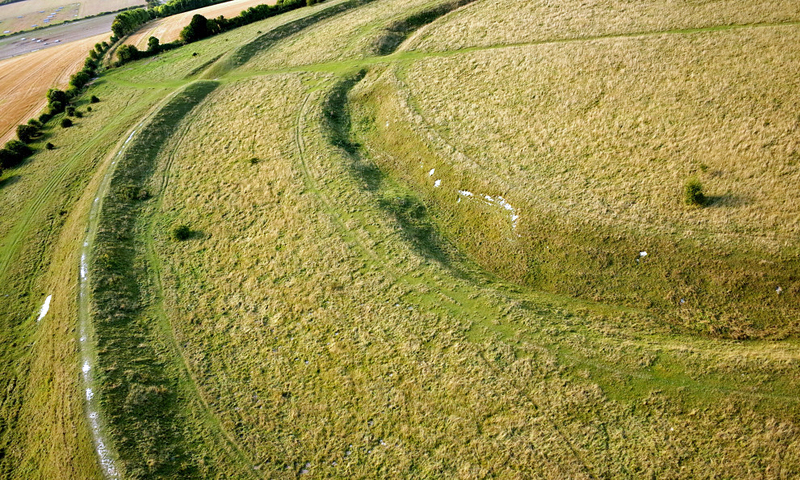
Henges
3,000-4,000 years ago, henges were all the rage across Britain (and elsewhere too). A henge is an ancient circular or oval ditch surrounded by a bank of the excavated soil with one or two causeways into the inner area. The remnants of at least 80 henges have been discovered here, the most famous being Stonehenge, an example of a henge containing massive stone slabs round the circle, along with some lintels. Most other henges have timber posts, some of them huge.
How and why they were built is unknown. One theory is that henges enclosed ’roundhouses’ with wattle walls and thatched roofs. The large ones ~ the ‘superhenges’ with multiple concentric circles inside ~ could have accommodated entertainments, meetings, rituals, ceremonies or other group activities.
Other, less convincing, theories suggest that they marked territory in the new farming age or they honoured dead ancestors, or were used as calendars. Considering the enormous number of man-hours required to dig and haul, their location near rivers or sea often in small clusters, the roundhouse idea seems the most logical, but one of the two henges discovered in Norfolk (called ‘Seahenge’) had the mystifying feature of an enormous upturned tree stump in the middle. Cowboy builders, maybe?
(Image of one of many Wiltshire henge remains: Alan Denney at Flickr.com / CC BY-NC-SA 2.0)
